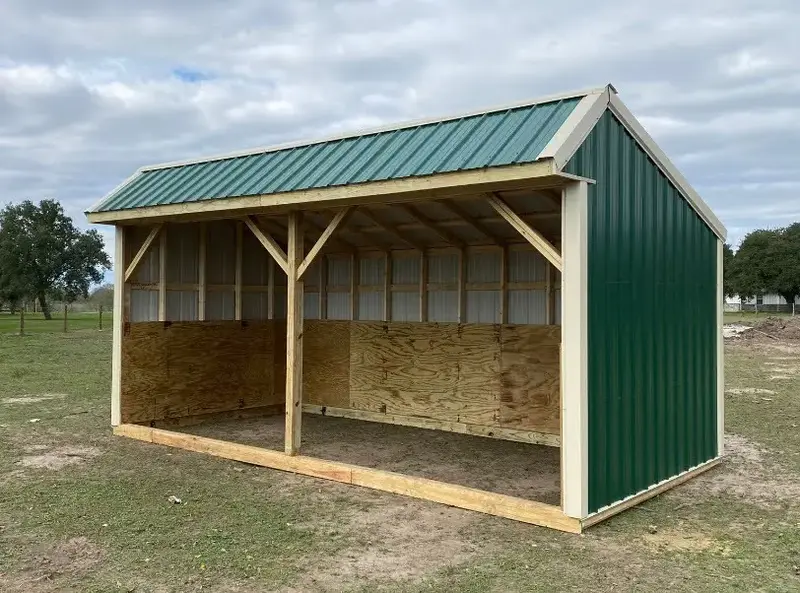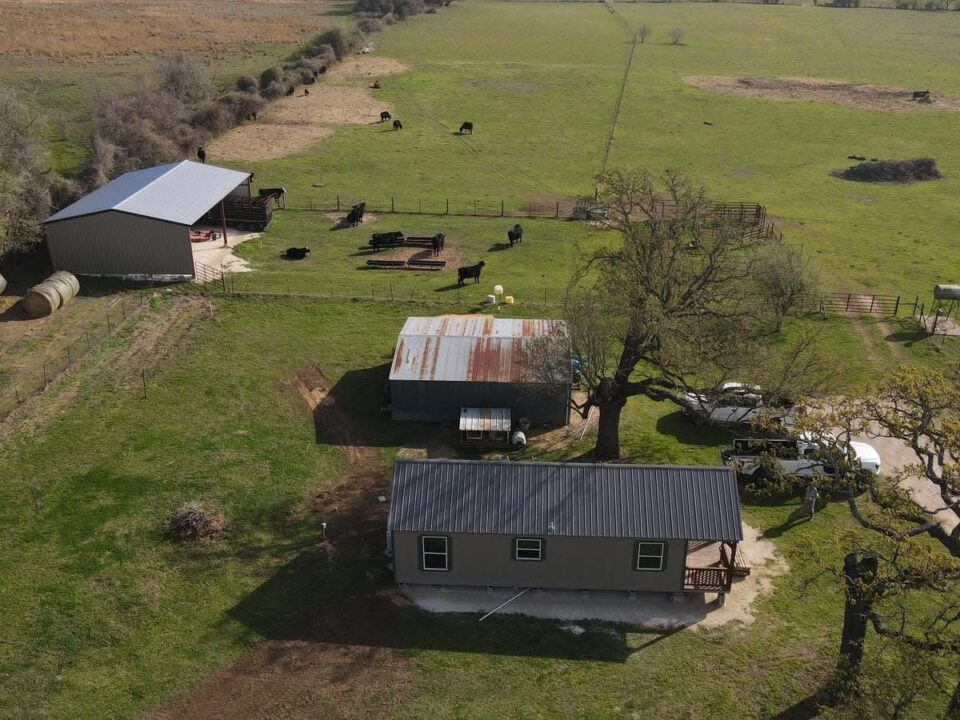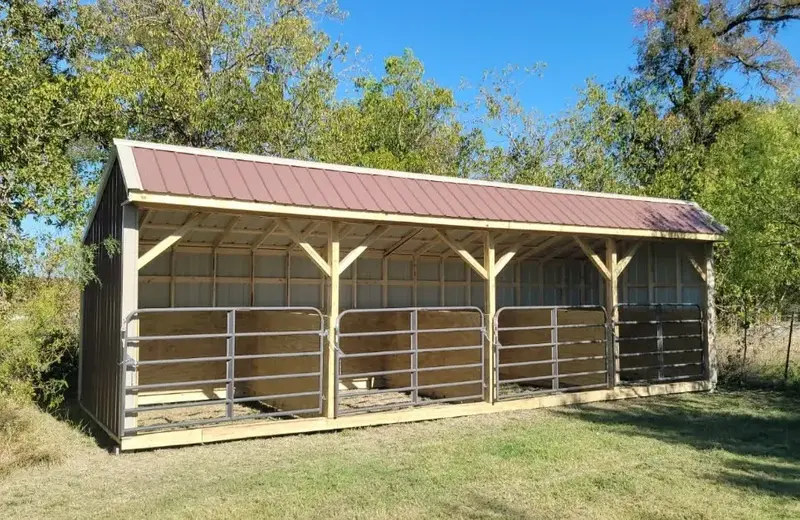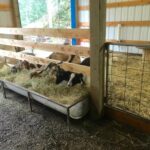
Feeding Schedules for Healthier Livestock
August 1, 2025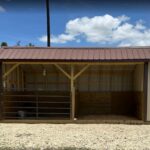
Best Bedding Options for Animal Comfort
August 3, 2025Predator-Proofing Your Animal Shelter 🦊🦝🐺
Predators are a constant threat to farm animals. Coyotes, raccoons, foxes, and stray dogs can cause injuries, stress, or even kill livestock if shelters aren’t secure. Predator-proofing your animal shelter is one of the best ways to protect your animals and give yourself peace of mind. With the right strategies, you can keep predators out while keeping your livestock safe and comfortable.
Why Predator-Proofing Matters 🐐
Predators are smart and persistent. Once they find an easy meal, they’ll return again and again. A single attack can result in serious injury or loss of valuable animals. Beyond the physical harm, the stress of constant predator pressure can affect reproduction, milk production, and weight gain.
Investing in predator-proofing your animal shelter isn’t just about protection—it’s about creating a safe, low-stress environment where your animals can thrive.
Secure Fencing and Barriers 🛠️
A strong fence is your first line of defense. Use woven wire or cattle panels rather than just electric fencing, which determined predators can bypass. Bury the bottom of the fence at least 12 inches underground or angle it outward to stop digging predators like coyotes and foxes.
Adding electric wire along the top or bottom can provide extra security. Gates should latch securely and fit tightly against the ground to eliminate gaps.
Shelter Design for Safety 🏠
The layout of your shelter plays a big role in protection. Doors should have heavy-duty latches that raccoons can’t open. Avoid gaps larger than 2 inches in siding or roofing—many predators can squeeze through surprisingly small spaces.
If you keep poultry, use hardware cloth instead of chicken wire, which predators can easily tear through. Solid walls and raised floors also make it harder for predators to dig under or climb inside.
Lighting and Noise Deterrents 💡🔊
Motion-activated lights or alarms can deter predators from approaching your shelter at night. Some farmers use radio noise or predator-deterrent lights that mimic the eyes of larger animals. These tools work best as a supplement to strong physical barriers, not as your only defense.
Daily Vigilance 👀
Check fences and gates every day. Look for signs of digging, bent wires, or loose boards. If you see tracks or droppings near your shelter, reinforce weak spots right away.
Feeding areas should also be kept clean. Food scraps attract raccoons and other pests that can harm livestock or carry diseases.
Partnering with a Strong Shelter Builder 🐄
A well-built shelter is the foundation of predator-proofing. At Wolf Valley Buildings, our animal shelters are designed with durability in mind. Secure doors, solid construction, and customizable options make it easier to protect your animals from unwanted threats.
For more predator control tips, check out Texas A&M Agrilife Extension, which offers research-based strategies for protecting farm animals.
Internal Links:
Why Wolf Valley Animal Shelters Are Built to Last
Smart Animal Shelter Solutions for Small Farms

